The way we manage money is shifting. Smartphones in our pockets and A.I. algorithms are making decisions, so a more digital financial world than ever is at our fingertips. But what is the shift going to mean for you? Can you rely on digital financial services as much as you can on traditional ones? Or do the old behemoths of banking and finance still provide unmatched value?
This article explains how digital finance and traditional finance are different, to help you get to know both sides with practical insights.
What Is Traditional Finance?
Traditional finance refers to the traditional banking and financial systems that have been in place for many centuries. Brick-and-mortar banks, teller windows, checkbooks, and in-person financial advisers. Some key characteristics of traditional finance are the following:
-
Physical Presence: For many financial transactions, you go to a bank or a financial institution — up to and including opening an account or applying for a loan.
-
Regulation: Stringently regulated by centralized agencies, such as the Federal Reserve in the U.S. or the Bank of England in the U.K.
-
Face-to-face contact: Interpersonal relationships with bank managers, tellers, or brokers are important.
-
Restricted hours of operation: Banks operate strictly during business hours, which excludes weekends and holidays.
While this system has been tried and tested over the years, it has its drawbacks in the era of modern digitalization, with increased lag time and a lack of flexibility.
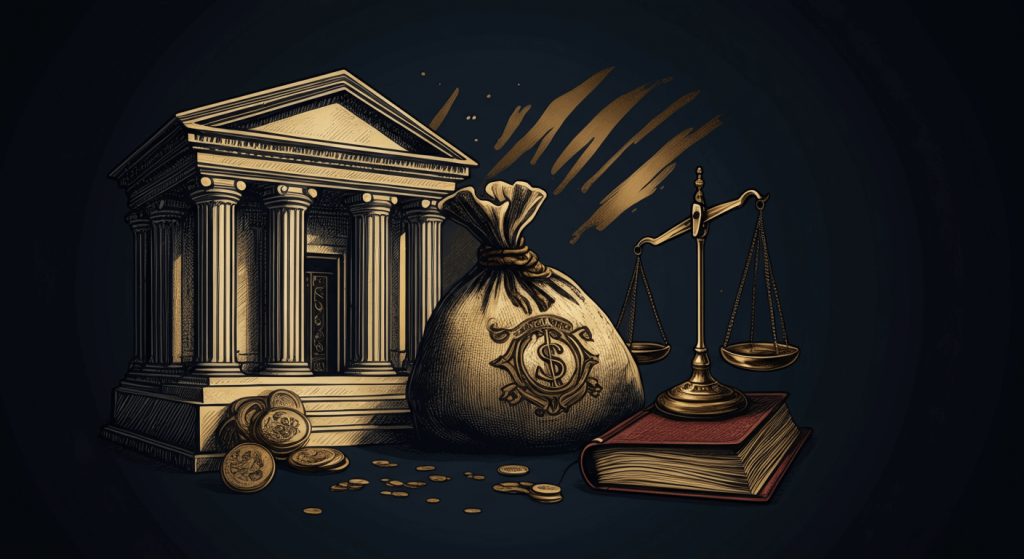
What Is Digital Finance?
Digital finance is concerned with providing financial services through the use of advanced technology. That so-called digital payment, as it is known, can come in an increasing number of forms: It might be that Venmo transfer from a friend, the PayPal payment you make to an Etsy seller through a smartphone, or an incomprehensible string of numbers and letters that you send to, say, a landlord willing to take rent payment in bitcoin.
Some of the specific elements of digital finance are:
-
24/7 Access: Forgot to pay a bill? No problem! These financial tools live online; there is no location for them.
-
Automation: AI algorithms can also be used to automate tasks such as loan approvals or investment recommendations.
-
Cheaper: Because there is no need for bricks and mortar, digital finance solutions are often more affordable.
-
Global Access: Digital financial tools are not confined to your country.
Notably, digital finance is transforming consumer expectations. These days, humans want personal experiences, instant services, and smooth interfaces.

Main Variations Between Digital and Traditional Finance Sectors
Accessibility
-
Digital Finance: Digital banking solutions – such as mobile banking apps – ensure 24/7 banking convenience, whether for transferring money, viewing expenses, or applying for a loan.
-
Traditional Finance: You can only go to the bank when they are open.
The Winner? Breaking the time and space limitations of people, digital finance comes to the forefront.
Customer Experience
-
Traditional Finance: You are frequently interacting with human professionals who can customize services to fit your particular circumstances. Complicated issues like mortgage structuring can be better handled in person.
-
Digital Finance: Apps offer automated personal insights and advice, but chatbots could find it difficult to answer personalized line items or more sophisticated questions.
The Winner? Classical finance prevails when complex needs and relationship-building are required, but digital reigns supreme when tasks need to be achieved quickly and efficiently.
Costs
-
Digital Finance: Online banks don’t have nearly the overhead (e.g., physical branches), so they offer lower fees and higher rates. Many services are even free!
-
Traditional Finance: More operations = More fees + Smaller interest rates to customers.
The Winner? Saving rates on digital finance are generally higher for most users.
Security
-
Traditional Banking: Old-school finance gives you legal protections that traditional institutions are not going anywhere, and that your money is held in safety wherever you store it.
-
Digital Finance: Online tools are secure and rely on encryption and two-factor authentication (2FA) for added security. But, used improperly, they can also pose security threats.
The Winner? Both are safe, but for those who are less tech-savvy, traditional finance may feel safer.
Innovation
-
Digital Finance: A.I. algorithms that understand your habits, providing hyper-personalized budgeting or investment advice. For its part, blockchain accommodates trustless and transparent transactions.
-
Traditional Finance: Upper- and mid-tier organizations in finance often follow traditional practice patterns and utilize legacy technology systems, potentially stifling innovation.
The Winner? It’s digital finance that is really the trailblazer, always bringing in new tools that can serve new purposes.
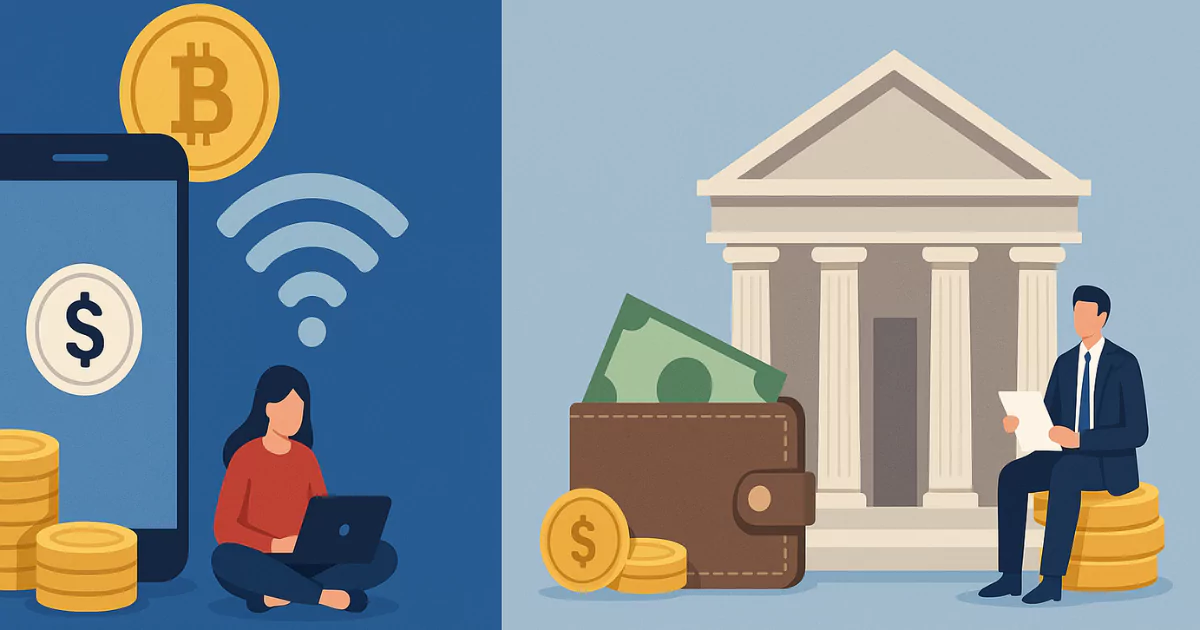
Then, How to Know What’s Best for You?
Whether you go for digital or conventional finance would solely be dependent on what you like and have in mind. Here are some considerations:
-
Do You Prefer Human Interaction?
If you enjoy in-person meetings with an adviser or relationship banking, traditional finance might be the way for you. -
Need Speed and Convenience?
Those seeking fast solutions and flexibility will find good use of digital finance, especially those managing their hectic lives. -
Are You Tech-Savvy?
If you find apps and online tools easy to negotiate, digital finance will make sense. For the less tech-savvy among us, traditional finance may seem safer. -
Concerned About Costs?
Online finance is frequently the most competitive in terms of rates and fees.
Connecting the Dots: A Hybrid Approach
Who told you that you have to pick one instead of the other? Hybrid approaches are working for lots of people. For example:
-
For more complicated needs, like mortgages, use a regular bank.
-
Use digital finance for small jobs like transferring money or looking at their spending.
This mix is for the best of both worlds kind of people. You save time and money, but keep those personal relationships where they are most important.
What’s Next for Finance
Digital finance is not just a choice anymore; it is an inevitability. The tech also keeps on coming – and with the rise of trends such as open banking, decentralized finance (DeFi), and biometric security, we can expect this landscape to shift even more. The ongoing fintech revolution is driving rapid innovation, making financial services more accessible, efficient, and personalized than ever before.
Yet old finance isn’t going away anytime soon. Instead, anticipate ever-greater cooperation between traditional institutions and digital innovators, blending the strengths of both worlds to create a more inclusive and dynamic financial ecosystem.
A Step-By-Step Approach to Securing Your Financial Dream
There are strong arguments to be made both for digital finance and for traditional finance. Knowing these differences can help inform how you manage your money. You may be tech-savvy, or you may favor the personal touch; either has its place in your financial toolbox.
Want to dive into the benefits of digital finance? Begin with the tools that suit your lifestyle and your objectives. The first step is easy, and the possibilities are endless.
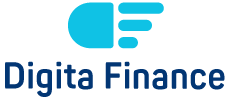
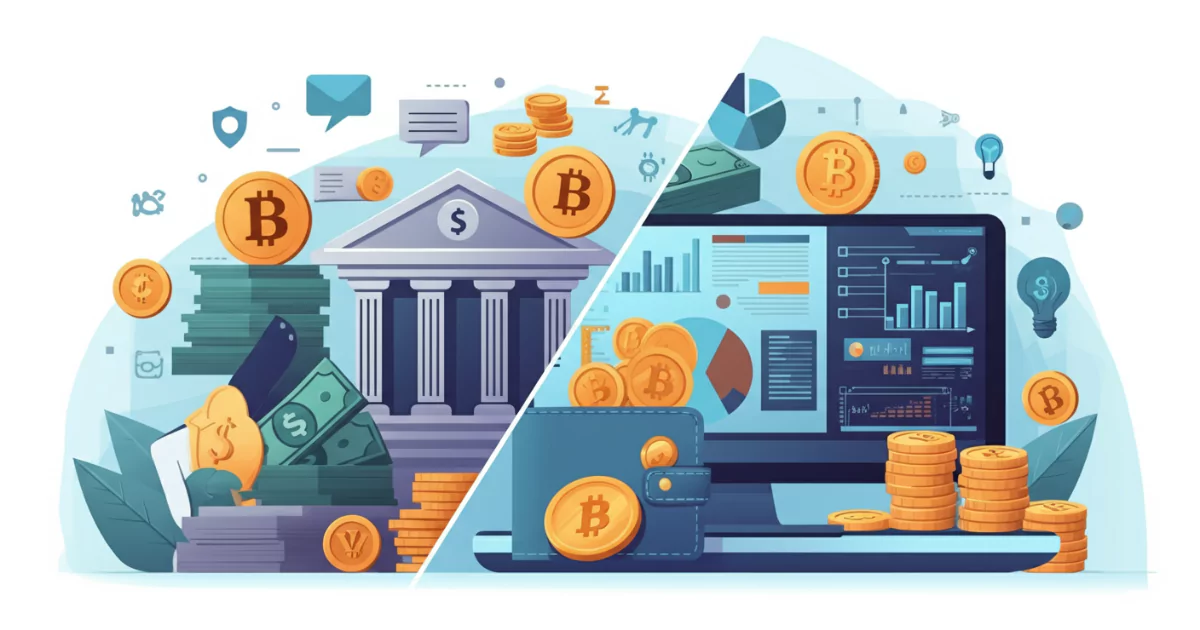



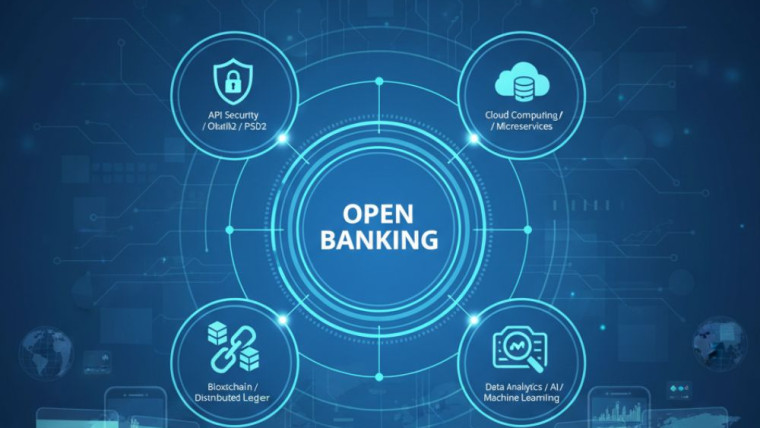


How Open Banking APIs Are Revolutionizing Digital Finance?
Digital Wallets vs. Traditional Banking: What Consumers Need to Know
Top 10 Fintech Trends To Look Out for 2026
What Is FinTech? A Beginner’s Guide to the Finteching 2025
Digital Twin Technology in Finance: How Virtual Models Are Transforming Risk Management
The Future of Personal Finance: Autonomous Finance and AI Money Management
AI Credit Scoring: Revolutionizing SME Banking and Digital Loans
AI Fraud Detection: How Banks Prevent Financial Crime in Real Time